Fields Physics Books Quarks Children John Juichi Nambu | Role Physicist Name Yoichiro Nambu | |
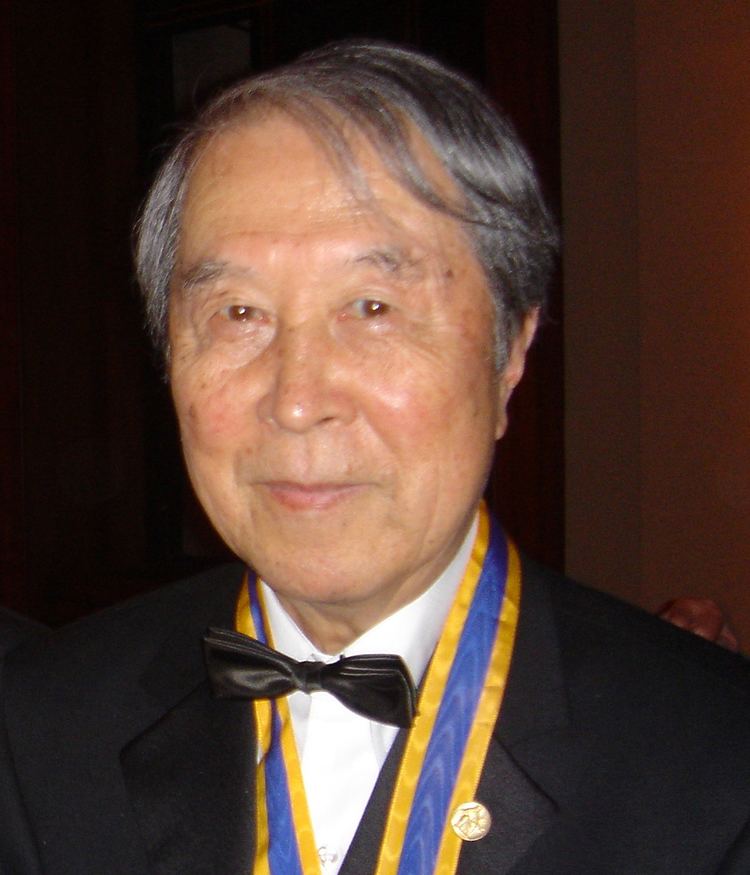 | ||
Citizenship United States (1970-2015) Institutions University of Tokyo (1942–49)Osaka City University (1949–52)Institute for Advanced Study (1952–54)University of Chicago (1954– 2015) Known for Spontaneous symmetry breaking Notable awards Heineman Prize (1970)Order of Culture of Japan (1978)US National Medal of Science (1982)Dirac Medal (1986)J.J. Sakurai Prize (1994)Wolf Prize in Physics (1994/1995)Pomeranchuk Prize (2007)Nobel Prize in Physics (2008) Similar People Makoto Kobayashi, Toshihide Maskawa, Savas Dimopoulos, Burt Ovrut, Benjamin W Lee | ||
Remembering yoichiro nambu
Yoichiro Nambu (南部 陽一郎, Nambu Yōichirō, 18 January 1921 – 5 July 2015) was a Japanese-born American physicist, a professor at the University of Chicago. Known for his contributions to the field of theoretical physics, he was awarded half of the Nobel Prize in Physics in 2008 for the discovery in 1960 of the mechanism of spontaneous broken symmetry in subatomic physics, related at first to the strong interaction's chiral symmetry and later to the electroweak interaction and Higgs mechanism. The other half was split equally between Makoto Kobayashi and Toshihide Maskawa "for the discovery of the origin of the broken symmetry which predicts the existence of at least three families of quarks in nature."
Contents
- Remembering yoichiro nambu
- Yoichiro nambu wins the 2008 nobel prize in physics
- Early life and education
- Career in physics
- Death
- Recognition
- References
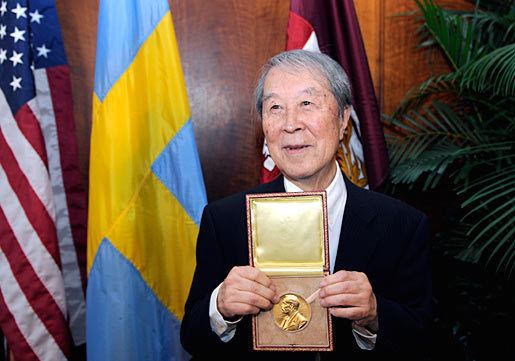
Yoichiro nambu wins the 2008 nobel prize in physics
Early life and education
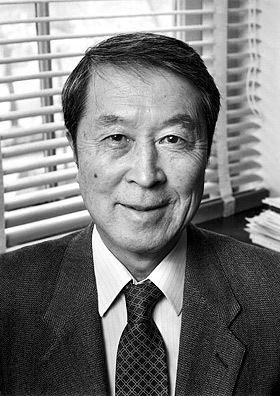
Nambu was born in Tokyo, Japan, in 1921. After graduating from the then Fukui Secondary High School in Fukui City, he enrolled in the Imperial University of Tokyo and studied physics. He received his Bachelor of Science in 1942 and Doctorate of Science in 1952. In 1949 he was appointed to associate professor at the Osaka City University and promoted to professorship the next year at the age of 29.
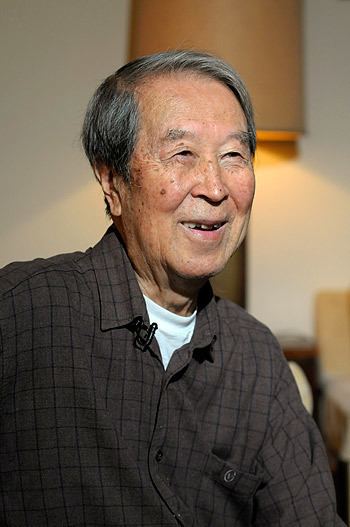
In 1952, he was invited by the Institute for Advanced Study in Princeton, New Jersey, United States, to study. He moved to the University of Chicago in 1954 and was promoted to professor in 1958. From 1974 to 1977 he was also Chairman of the Department of Physics. He became a United States citizen in 1970.
Career in physics
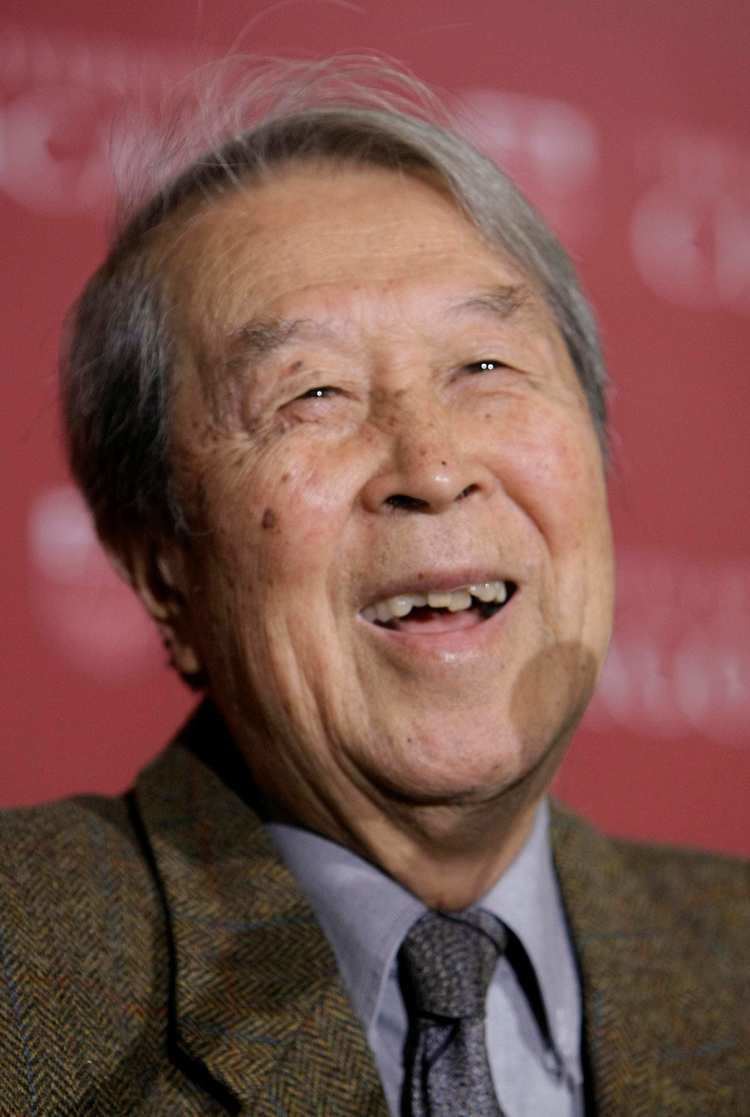
Nambu proposed the "color charge" of quantum chromodynamics, having done early work on spontaneous symmetry breaking in particle physics, and having discovered that the dual resonance model could be explained as a quantum mechanical theory of strings. He was accounted as one of the founders of string theory.
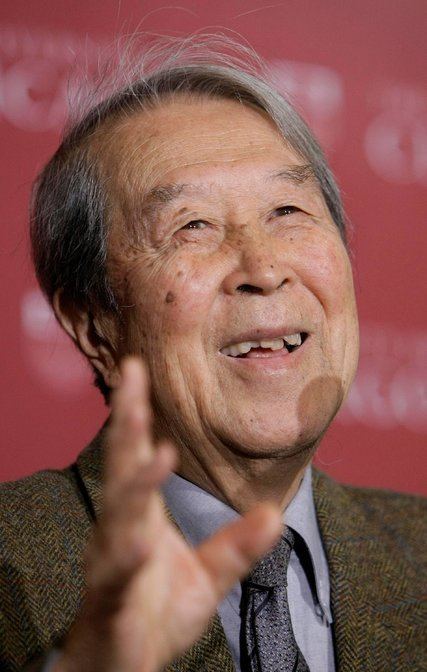
After more than fifty years as a professor, he was Henry Pratt Judson Distinguished Service Professor emeritus at the University of Chicago's Department of Physics and Enrico Fermi Institute.

The Nambu-Goto action in string theory is named after Nambu and Tetsuo Goto. Also, massless bosons arising in field theories with spontaneous symmetry breaking are sometimes referred to as Nambu–Goldstone bosons.
Death
Nambu died on 5 July 2015 at the age of 94 in Osaka due to an acute myocardial infarction. His funeral and memorial services were held among close relatives.
Recognition
Nambu won numerous honors and awards including the Dannie Heineman Prize (1970), the J. Robert Oppenheimer Memorial Prize (1977), Japan's Order of Culture (1978), the U.S.'s National Medal of Science (1982), the Max Planck Medal (1985), the Dirac Prize (1986), the Sakurai Prize (1994), the Wolf Prize in Physics (1994/1995), and the Franklin Institute's Benjamin Franklin Medal (2005). He was awarded one-half of the 2008 Nobel Prize in Physics "for the discovery of the mechanism of spontaneous broken symmetry in subatomic physics".
